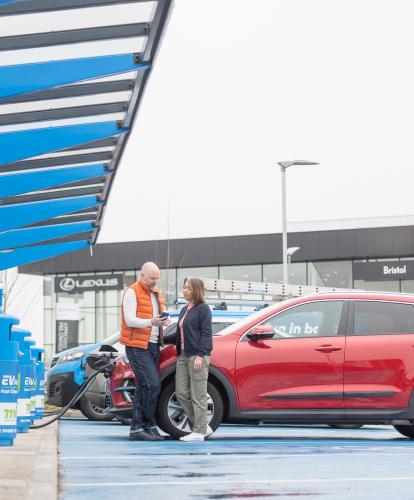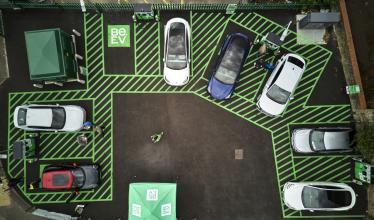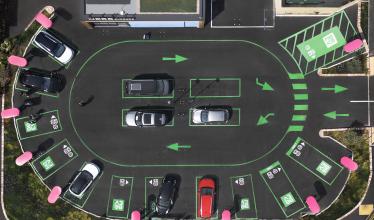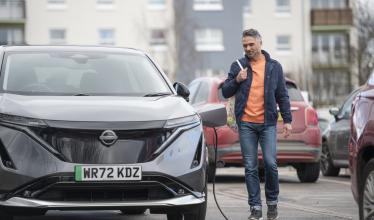Zapmap has published new statistics for charge point installations in 2023. The new figures not only show that the number of high-power charging hubs in the UK has more than doubled since September last year, but demonstrate encouraging growth in two key areas of the country’s charge point infrastructure.
At present, the latest Zapmap figures show there are almost 50,000 public charging devices installed as of the end of September 2023. This represents overall year-on-year growth of more than 43%. What’s more, the new statistics show that the number of higher-powered charging points has grown by over 40% since September 2022, while lower-powered devices display year-on-year growth of 44%.
The new figures break these categories down further, however. They show that ultra-rapid chargers – often found near motorways and A-roads – and slow charge points – mostly found on residential streets – exhibit the most impressive year-on-year growth of the different power bandings.
The number of ultra-rapid charge points in the UK has increased by 68% since September 2022, with the number of slow chargers increasing by almost 68% as well. Indeed, over the course of the year, 5,749 slow devices have been installed across the country, alongside 1,568 ultra-rapid devices – which are significantly more costly to install.
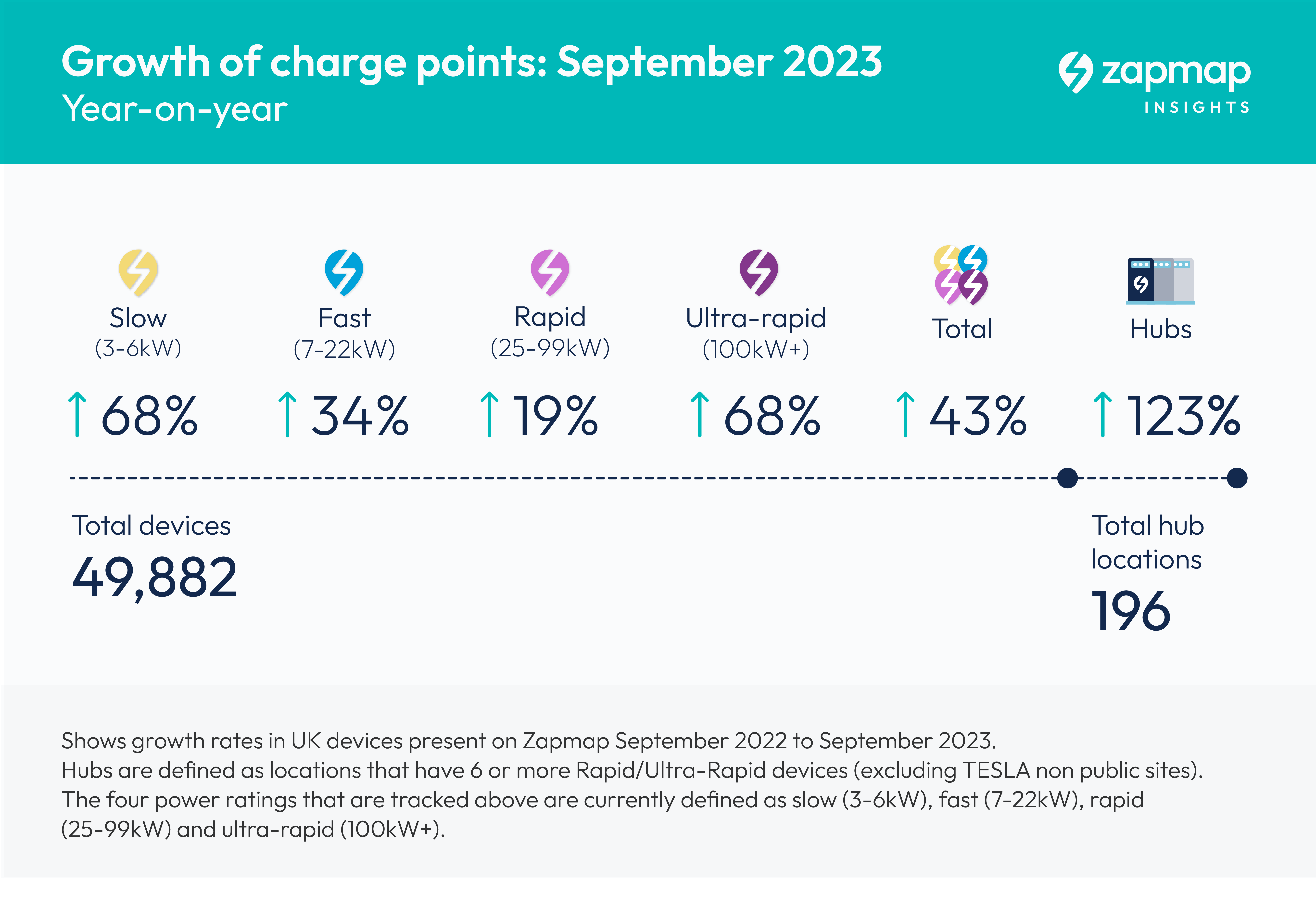
While the number of chargers installed forms the basis of the new statistics, Zapmap’s latest figures provide other key pieces of the puzzle too, demonstrating the types of locations drivers are likely to find ultra-rapid chargers, as well as where in the country this vital infrastructure is being installed.
For instance, the figures show that drivers are most likely to find ultra-rapid chargers at service stations and retail car parks. At the end of September, there were 1,457 ultra-rapid devices at service stations across the UK – an increase of 82% on the previous year – and 892 at retail car parks, a 61% increase year-on-year.
Most significantly, however, the number of ultra-rapid charging hubs with six or more devices (excluding non-public Tesla devices) has also shown impressive year-on-year growth of 123%. At the end of September, there were 196 locations across the UK with six or more ultra-rapid devices – up from 88 in September 2022.
Melanie Shufflebotham, Co-founder & COO at Zapmap, said:
“The number of high-power charging hubs in the UK has more than doubled in the last year, and this is great news for electric car drivers. With almost 200 high-power charging hubs up and down the country, these latest figures should give electric car drivers the confidence to drive any length of journey in their EV.
“As we approach the October half term, having an additional 108 new charging hubs across the UK speaks volumes – and is a huge step up from last year. These multi-charger hubs make a real difference for electric car drivers, providing peace of mind on longer journeys.”
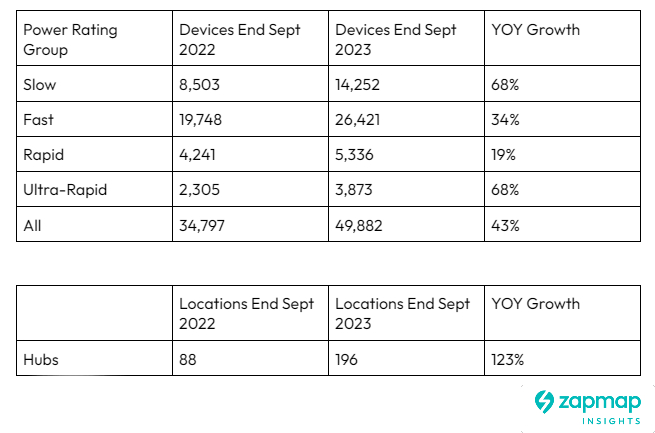
Moreover, while the Zapmap figures display impressive overall growth of 68% year-on-year for ultra-rapid devices, this figure masks differences in regional distribution.
Indeed, every area of mainland Great Britain except Greater London has shown year-on-year growth of 50% or more for ultra-rapids, with the North East (133% increase), Scotland (98%), and Wales (89%) showing the highest increases.
In contrast, Greater London (41%) saw the lowest increase in the number of ultra-rapid devices installed over the same period.
In part, this is because high-powered devices such as ultra-rapid chargers cater to drivers looking to charge up as quickly as possible, making longer journeys on motorways or A-roads far easier than they were just a few years ago. Greater London, meanwhile, has a particularly high proportion of slow chargers (around 70%), reflecting the area’s high concentration of relatively affluent households without off-street parking.
Jade Edwards, Head of Insights at Zapmap, said:
“These statistics help to give clarity on how the UK’s charging infrastructure is growing because they highlight important growth at two key ends of the charging spectrum.
“For starters, the upwards trend in the number of slow devices on residential streets will soon become a real boon for electric car drivers not able to charge at home. And while it can be difficult to see larger changes occurring from the ground, drivers up and down the country will certainly feel the benefits from the surge in the number of high-power devices at ultra-rapid charging hubs when charging further afield.
“These are two vital segments of the UK’s charging infrastructure, and it’s great to see these latest Zapmap figures shining a light on such positive changes.”
Zapmap Insights has developed a range of products that enable the industry to understand charge point profiles as well as the patterns of utilisation across the UK’s public charging network, helping to support both benchmarking requirements and investment decisions. You can find out more in the business section of our website.
